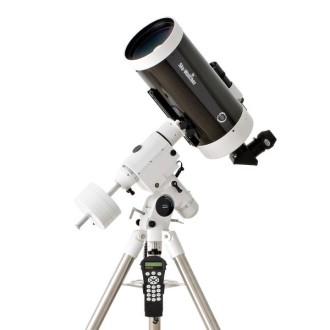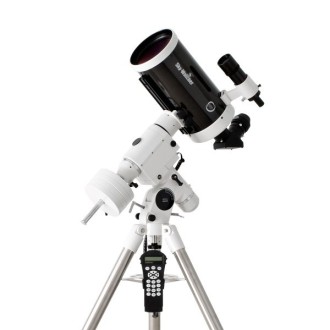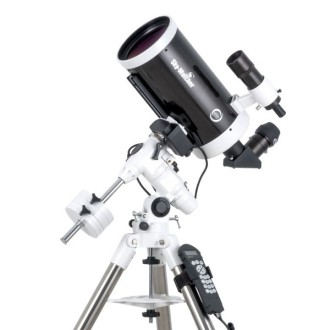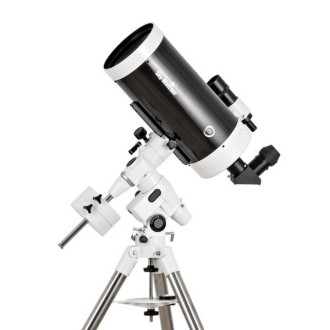Deliver it 19/26 days
| Carrier | Description | Estimated Delivery | ||
|---|---|---|---|---|
 |
Home delivery - International | Home delivery - International |
Friday, 13 June - Friday, 20 June |
|

Home delivery - International
Home delivery - International
Estimated delivery:
Friday, 13 June - Friday, 20 June
We are sure that you will be delighted with the result that ORION OPTICS UK's OMC Maksutov-Cassegrain tubes deliver. Optically speaking, we believe their images are unsurpassed in visual observation and with high photographic quality - you are guaranteed a view of astronomical objects that you have never had before. These OMC telescopes are exquisite.
The truth is that there needed to be a manufacturer like ORION OPTICS UK on the market that would manufacture Maksutov-Cassegrain optical tubes with such care. The OMCs have been manufactured to break the standards with hand finished optics and high quality in the elements used for the structure. ORION OPTICS UK OMCs are now supplied as standard with carbon fiber tubing to offer increased thermal stability, increased stress to the structure and low weight.
The OMC 140 optical tube among other highlights includes: finder brackets, full aperture corrector, dovetail over the entire length of the tube, advanced rear cell design (for threading, among other things the 2" eyepiece holder), quick release finder bracket removal system (what is usually considered a pre-centered clamp).
Technical specifications:
- Tube weight: 3.5Kg
- Tube diameter: 159mm
- Tube length: 450mm
- Focal length: 2000mm
- Focal length: 2000mm - Focal ratio: f/14
- Finder: 50mm diameter
- Eyepiece holder: 2" threaded
- Optical treatments: standard with maximum wavefront disturbance guaranteed at 1/4 PV (Peak to Valley)
- It should be remembered that when we speak of a Peak to Valley perturbation we are referring to the distortion that the wavefront undergoes as it passes through the optical system (especially referring to the reflection on the mirrors). Logically, the smaller this distortion is, the better, as this will result in a much sharper and more defined image















